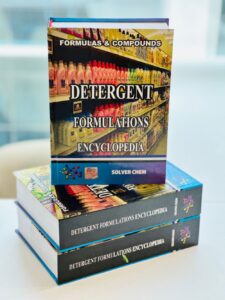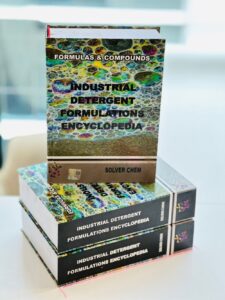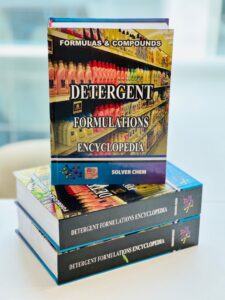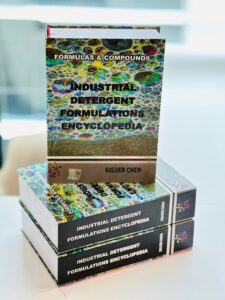
 🧱 Towerless Powder Detergent Manufacturing – Production, Formulation and Properties
🧱 Towerless Powder Detergent Manufacturing – Production, Formulation and Properties
Overview:
Towerless Powder Detergent Manufacturing is a modern, energy-efficient production method that eliminates the need for traditional spray-drying towers.
Instead of hot-air drying, this process uses mechanical granulation, fluid-bed drying, or compacting technologies to produce detergent powders with the same cleaning efficiency and stability as spray-dried products.
Towerless Powder Detergents are increasingly popular among manufacturers seeking lower investment costs, reduced energy consumption, and flexible plant design.
This technology enables detergent producers to achieve high-quality results using localized raw materials and simplified equipment, making it ideal for developing markets and sustainable production facilities.
The final product has controlled bulk density, excellent solubility, and adjustable foam behavior, suitable for both household and industrial laundry applications.
Production and Formulation:
The Towerless Powder Detergent Manufacturing Process relies on blending, granulating, and low-temperature drying rather than atomization and hot-air towers.
Granulation and compaction systems ensure the formation of uniform, dense granules with high mechanical strength and excellent flowability.
Typical formulation components:
-
Surfactants: LAS, SLS, AOS, nonionics – provide detergent and emulsification power.
-
Builders: Zeolite, sodium carbonate, STPP (optional), or sodium citrate – for water softening.
-
Binders: Polyethylene glycol (PEG), sodium silicate – assist in granule formation.
-
Anti-Redeposition Agents: Carboxymethyl cellulose (CMC) – prevent fabric graying.
-
Optical Brighteners: Enhance whiteness and brightness.
-
Bleaching Agents: Sodium percarbonate and TAED – provide oxygen-based cleaning.
-
Enzymes and Perfumes: Added after cooling to preserve activity and fragrance.
-
Flow Aids: Silica, talc, or magnesium sulfate – improve handling and prevent caking.
Key production steps:
-
Dry Mixing: Powdered raw materials are blended in a high-shear or ribbon mixer.
-
Liquid Addition: Binders or liquid surfactants are sprayed to initiate agglomeration.
-
Granulation: Mechanical granulators or compactors form dense granules.
-
Drying: Low-temperature drying (60–90°C) removes residual moisture.
-
Screening: Ensures uniform particle size and prevents dust formation.
-
Cooling & Post-Addition: Enzymes, perfumes, and colorants are blended after cooling.
-
Packaging: The finished Towerless Powder Detergent is packed in moisture-resistant containers.
This process requires minimal infrastructure, is easy to automate, and supports continuous or batch production setups.
Properties:
-
Production Type: Mechanical granulation and compaction (no spray tower).
-
Bulk Density: 600–900 g/L depending on granulation parameters.
-
Moisture Content: 2–6%.
-
Foam Level: Adjustable (low, medium, or high).
-
pH (1% solution): 9–11.
-
Appearance: Free-flowing, dust-free granules with consistent texture.
-
Solubility: Excellent in warm and cold water.
-
Additive Stability: Enzymes and perfumes retain high activity.
-
Energy Consumption: 40–60% lower than spray drying.
-
Environmental Impact: Reduced emissions and no hot-air exhaust.
-
Scalability: Suitable for both local and export-oriented production.
Advantages of Towerless Powder Detergent Manufacturing:
-
Eliminates need for expensive spray-drying towers.
-
Reduces energy consumption and production cost significantly.
-
Allows production with local raw materials and modular machinery.
-
Provides high-density, high-strength detergent granules.
-
Supports phosphate-free, eco-friendly formulations.
-
Ideal for small- and medium-scale manufacturers seeking flexibility.
Summary:
Towerless Powder Detergent Manufacturing offers a breakthrough in detergent technology by combining mechanical innovation, energy efficiency, and sustainable formulation design.
Through controlled granulation and drying, manufacturers can produce high-performance detergent powders with excellent solubility, flowability, and cleaning capability—without the complexity or cost of spray towers.
This process represents the future of eco-efficient detergent manufacturing, supporting the industry’s transition toward lower energy consumption and greener chemistry.


